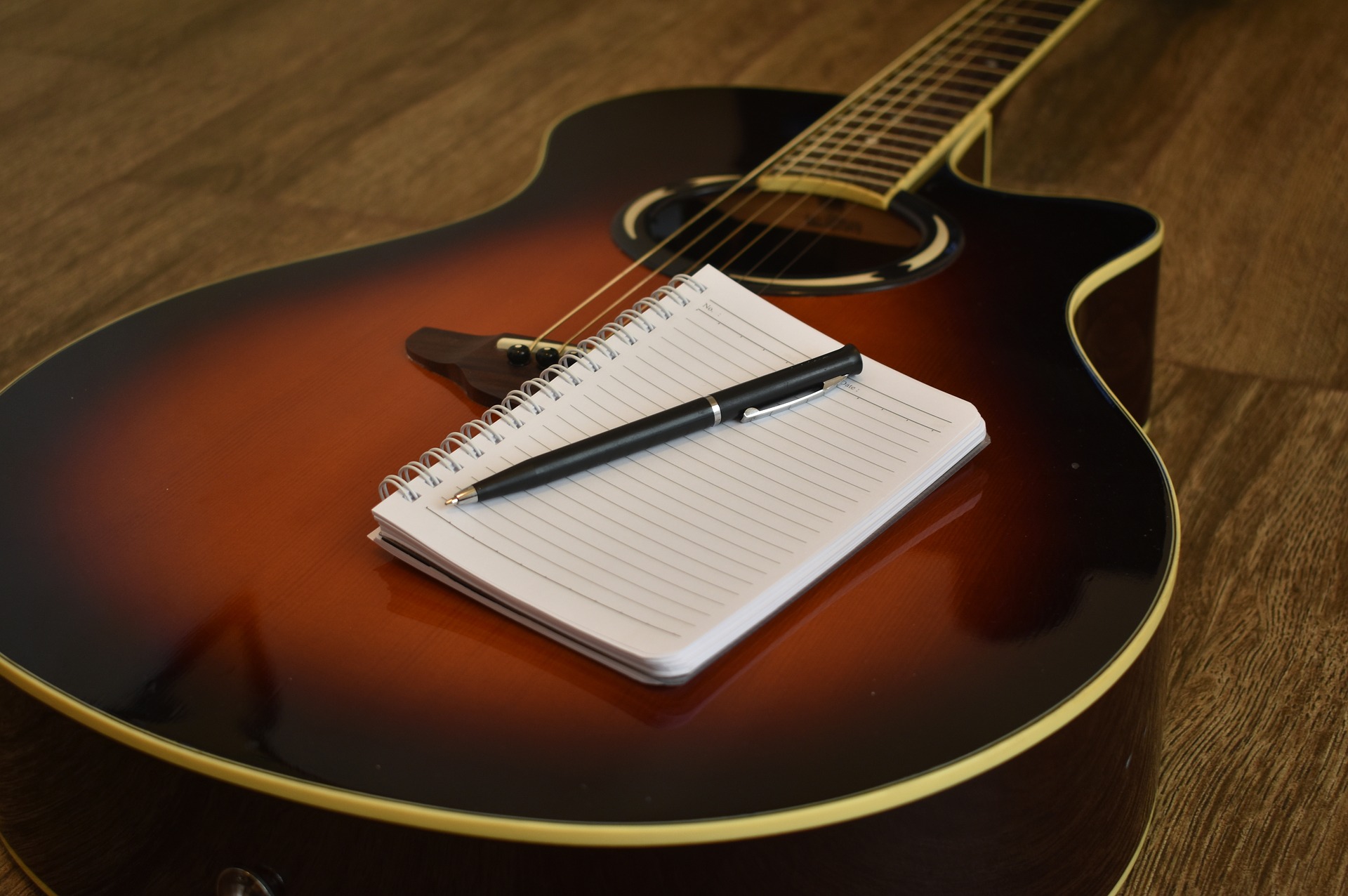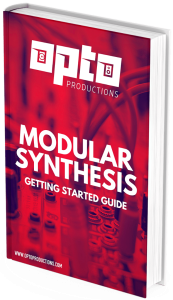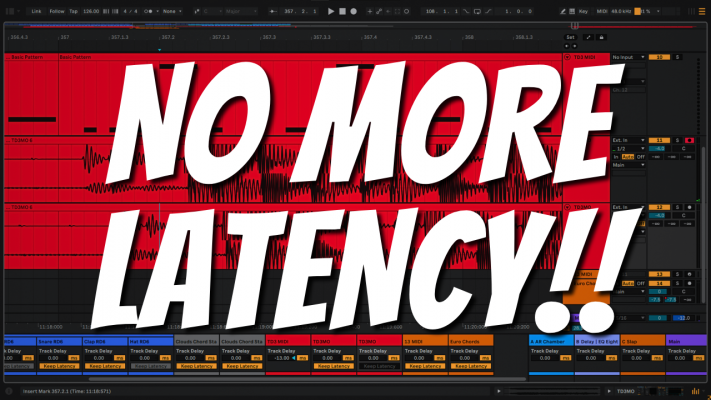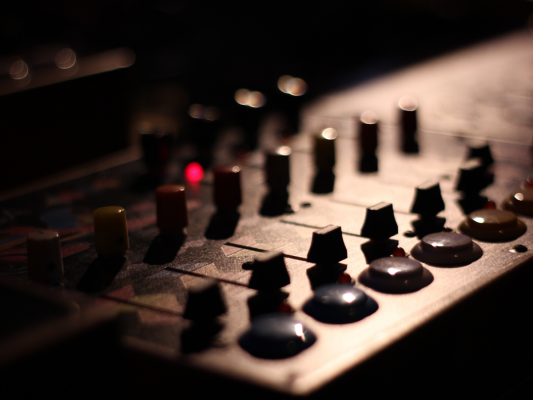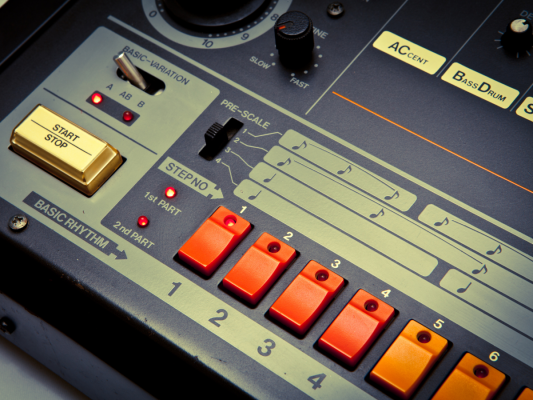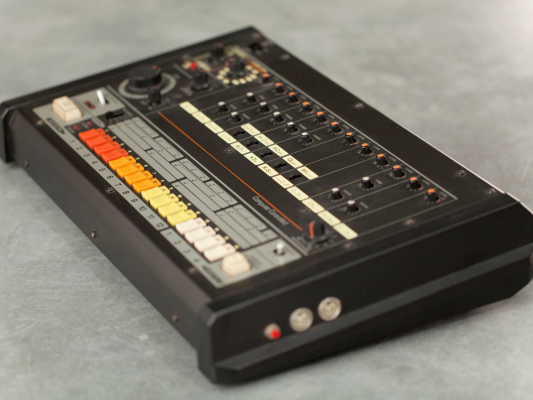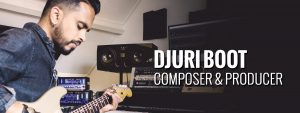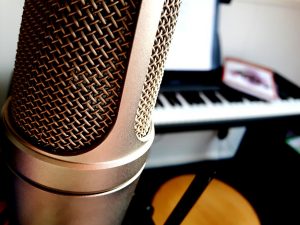Get started writing songs on guitar
You have been playing guitar for a while now and wonder how your favorite artists come up with all these wonderful tunes. After fiddling around with licks, scales, and chords you start to feel the urge to start writing songs yourself. Writing songs on guitar isn’t all that hard, you probably already have the skills to get started.
“But, don’t I need to know stuff about music theory?”. Do you really think all these great rock guitarists swear by the book of music theory? I don’t think so. Check out how Dave Grohl explains his songwriting process. They aren’t doing much different than the fiddling around you do on a rainy day. It is all about organizing those tiny ideas into a longer form called a song. So, let’s get started writing music on guitar. 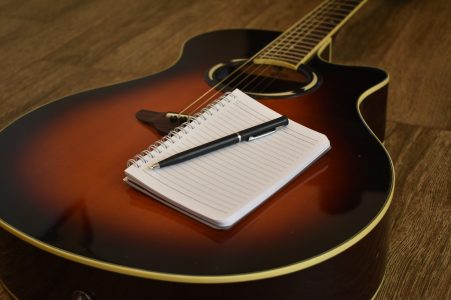
Start with a rhythm
Before you do anything, free up some time and go find a place that allows you to stay focused. I usually start with a rhythm and a certain chord progression. Most songs only use 3 or 4 chords, so let’s keep it simple as well. Playing with rhythm and dynamics inspires me to get a loop going. I then start thinking about the structure of a song which 9 times out of 10 is made of a verse followed by a chorus. Does the loop I’m playing feel like it’s big, wide and open? If so, it is probably a chorus. But most of the time I start a bit smaller, softer and with little rhythmic density.
Turning a verse into a chorus isn’t difficult. Think about the following parameters available to you:
- Dynamics or loudness
- Rhythmic density
- Harmonic density
- Chord progression
- Sound
Contrast is key
It is all about contrast. If you start your verse with one chord per bar, use 2 chords per bar in the chorus, or maybe even 1 chord per 2 bars. Switch to 16th notes in the chorus after playing 8th notes in the verse. Change the order of your chord progression or add completely new chords.
Maybe you want to swing the verse but straighten the chorus. And of course, the sound you use can be changed too! This can be done by using basic triads or open chords in the verse and barre chords with added 7th and 9th notes in the chorus. Or maybe you want to play with palm-mutes in the verse and kick in your distortion pedal in the chorus. These are mere examples, but once you start thinking about contrasting parameters, writing songs suddenly got a whole lot easier.
Structure
Once I have a basic verse/chorus form written, I simply repeat it two times and most of the work is actually done. I can now start to think about adding a pre-chorus to connect the verse and chorus together. Maybe I need a bridge to lengthen the song without it getting boring? One simple way to add a bridge is to play as soft as you can and only strum whole notes per bar. This is often done in pop music to create some sort of breakdown section. Even if the chord progression is the same, the contrast is big enough to keep the listener interested.
After you have your basic structure laid down there are two possible directions you can decide to go. The first being: writing lyrics and adding a melody. The second is to add new instrumental parts on top of the one you’ve just written.
It helps to have access to some sort of recording program like Garageband, Logic, Ableton, Cubase or Reaper (which is free). Having a way to record and playback your performance frees up your hands to layer additional parts on top. If you don’t have access to recording software and gear, you can still work together with your bandmates.
Adding extra parts
Give the chords you just written to another guitarist or keyboard player so you can fiddle around with new parts. Playing your new song for the band and having the other musicians jam on top can also be a great way of developing new ideas.
It can be hard to come up with new parts and having a basic knowledge of music theory can certainly help. But the most important tool is still, and will always be your ears. If it sounds right it is right, don’t let other people tell you otherwise. It is your song and only by writing songs and having fun can you learn to know the craft. Practice makes perfect, so get started now and write some songs!

